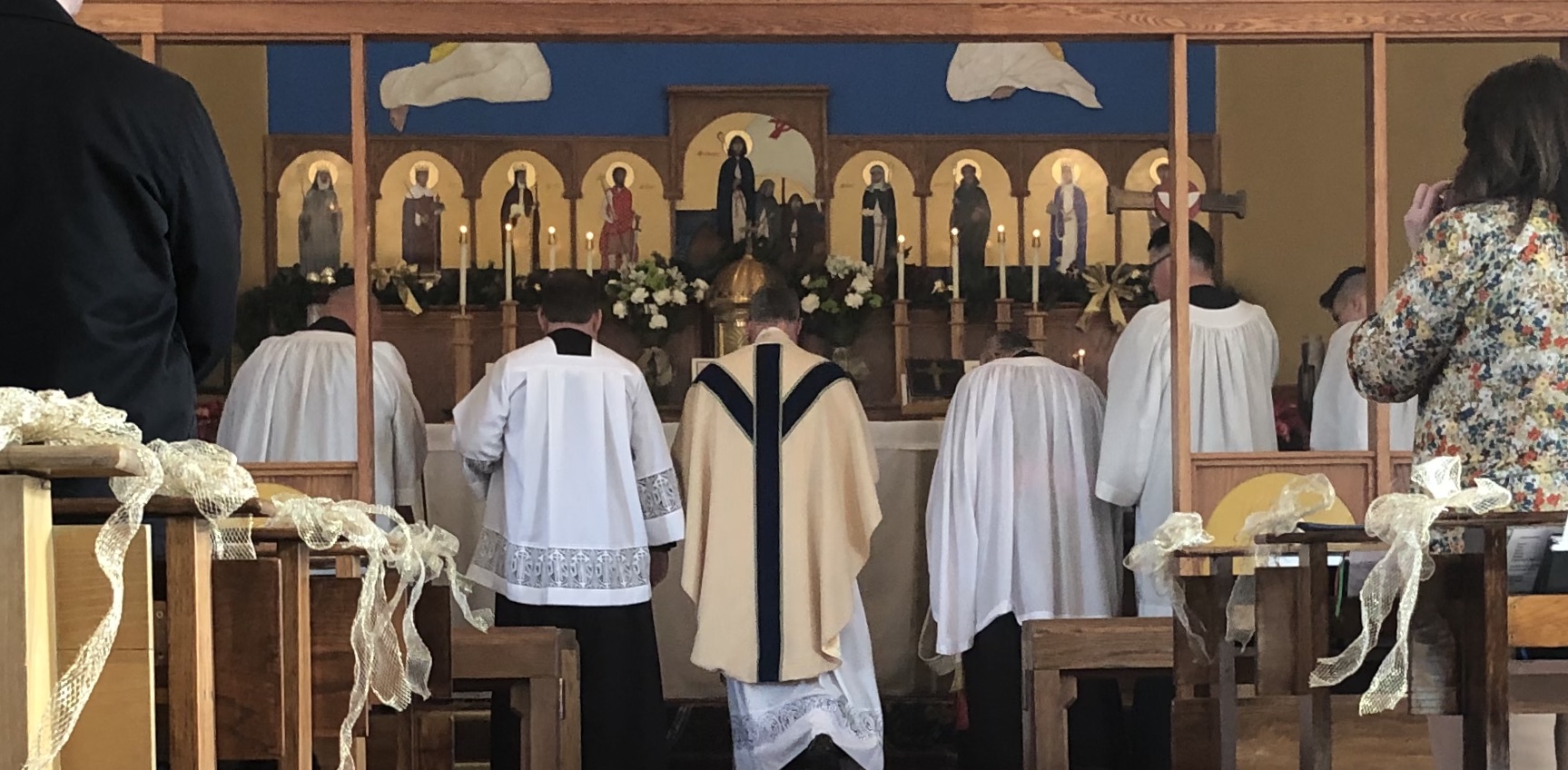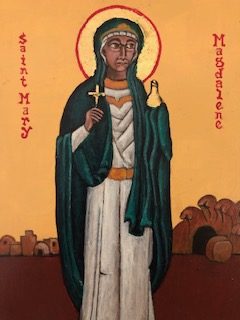Many years ago, in what seems like another existence, I used to live not far from the basilica of Vézelay, aUNESCO world heritage site, considered by many to be one of the most beautiful churches in the world. Although the present building dates from the beginning of the twelfth century, the monastic community which served it was established in the ninth century, prior to the schism, by St Badilo.
Around 1050, Badilo made a pilgrimage to the Holy Land, from which he brought back some relics of St Mary Magdalene, and it was to house these that the basilica was built. Relics surprise some people, but for us, we believe the grace of God has filled the saints so much that it has soaked like oil into their bones (Psalm 109, 18). They were temples of the Holy Ghost (1 Corinthians 6, 19), Who sanctified not just their souls but their bodies, too, by His indwelling. By the veneration of their relics, we thus bear witness to the fact that redemption embraces our bodies as well as our souls – something destined to culminate in the resurrection. Can these bones live? we may ask in the words of Ezekiel (37, 3) and the answer is yes! Not only the bones of the saints but our bones, also. In our flesh we shall see our God (Job 19, 26, Vulgate), the God Who took on our flesh that He might save it.
Returning to St Mary Magdalene, her feast occurs this month (July 22). Beginning with St Gregory the Great, the west has for the longest time identified her with the sinful woman of Luke 7: 37, an identification which has produced a wealth of material on the twin themes of human repentance and God’s ever-forgiving love, the spring of tears that encounters the Spring of Mercy (Anselm of Canterbury, Prayer to St Mary Magdalene).
If Mary Magdalene was not the sinful woman of Luke 7, she was nonetheless someone whose life had been transformed by Christ – seven devils had been cast out of her, says Luke 8, 2. And this must bring reassurance to us, we whose lives are so often afflicted in many ways. The compassionate Lord Who healed her can help us, likewise, miserably cast down into the depths of vice, bowed down with the weight of crimes, thrust down by our own hand into a dark prison of sins,wrapped round with the shadows of darkness.
Mary Magdalene is the first recorded witness of the Resurrection, the apostle to the apostles, as tradition hails her, who brought to them the news that the Lord was risen from the dead (Mark 16, 1-10; John 20, 1- 18). Here, especially in the Johannine account, we find an emphasis on tears which matches that in Luke 7. The sinful women drenches the Lord’s feet with her tears (v. 44), the myrophore is so blinded with tears that she cannot see the Lord she loves (v. 15). But in both cases, their tears are wiped away, replaced by joy. And so it is, again, for us.
If we are sad, if we are sorrowful, we will never find better consolation than in the arms of our All-Merciful Saviour! Cast all your care on Him, therefore, because He cares for you (1 Peter 5, 7). With every good wish and blessing,
Fr David.

